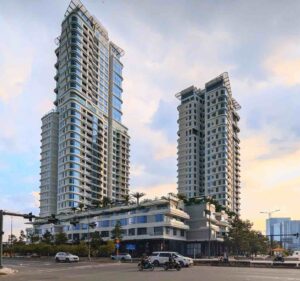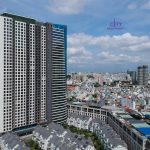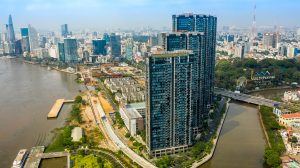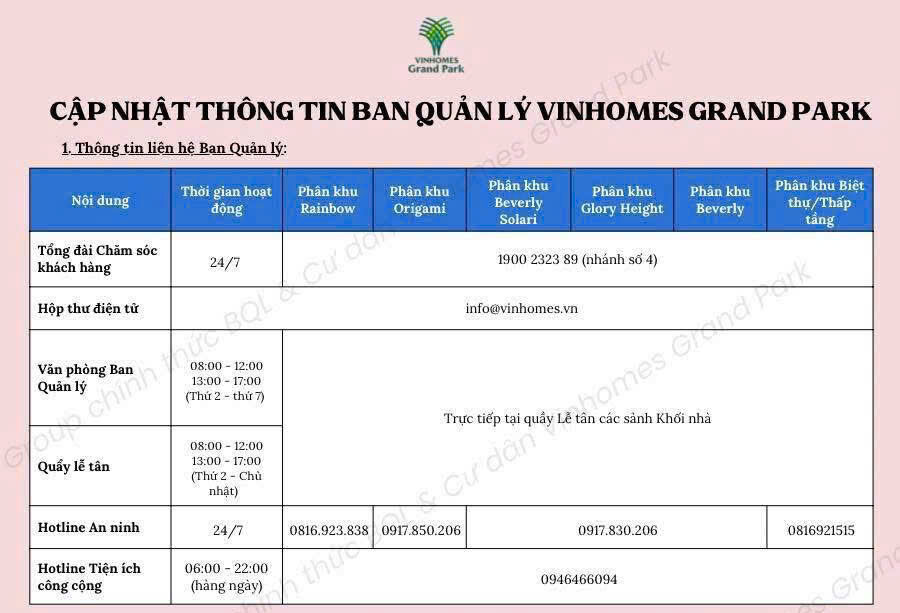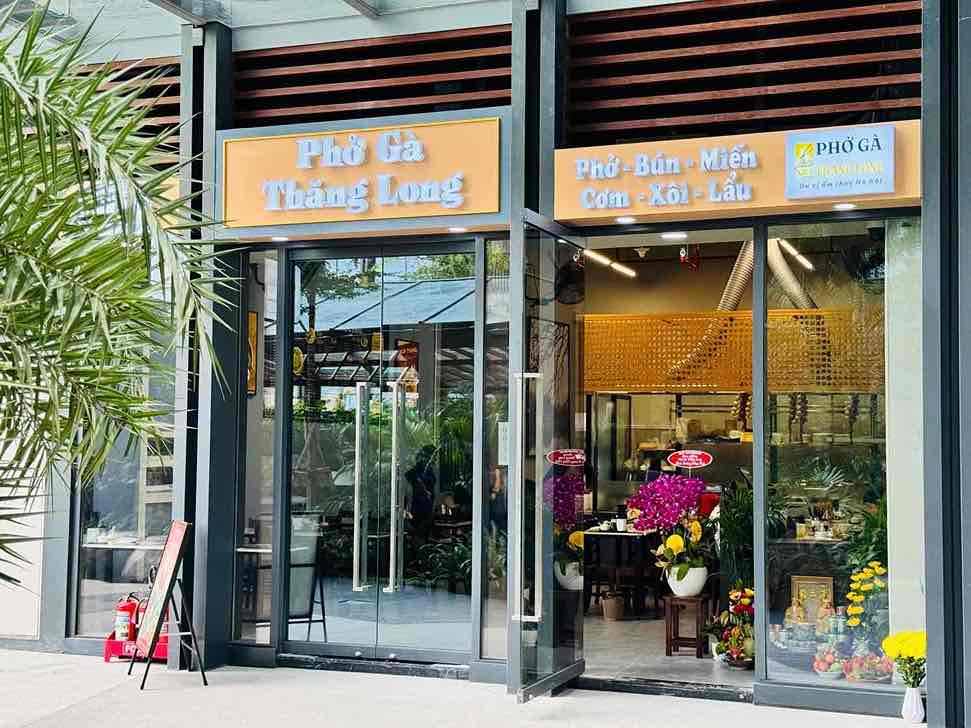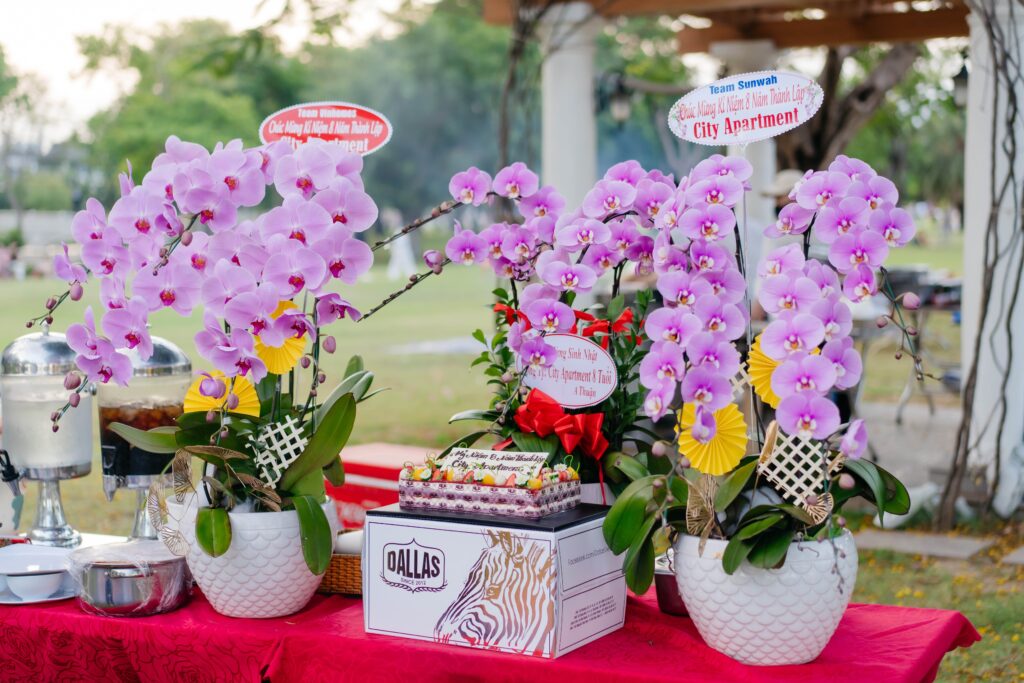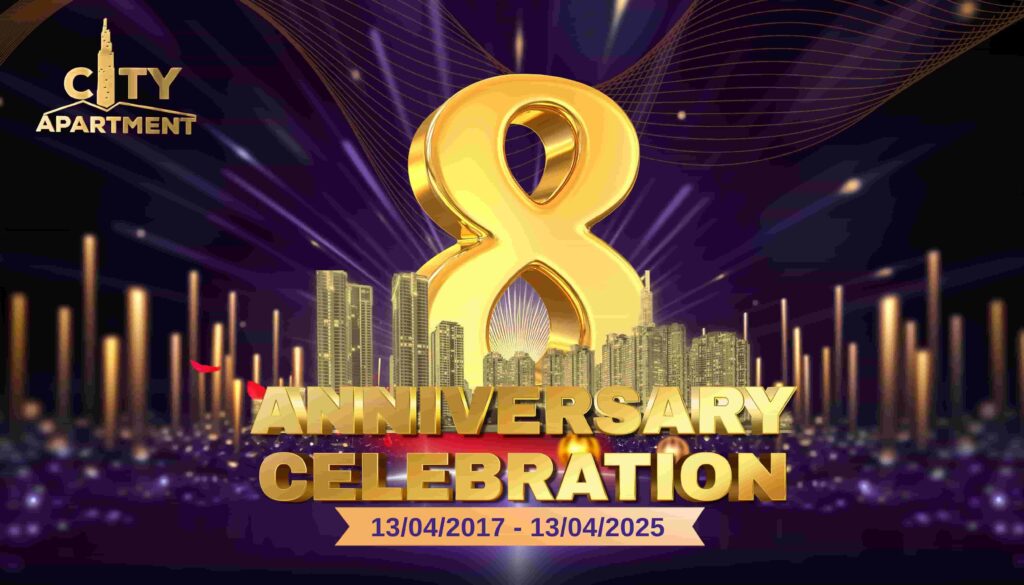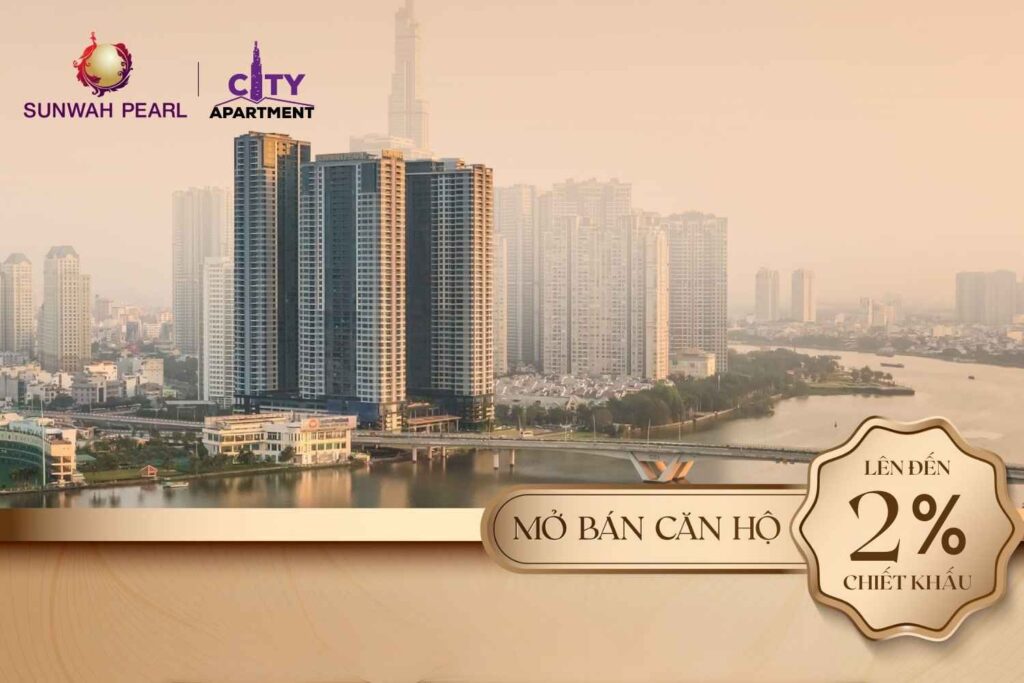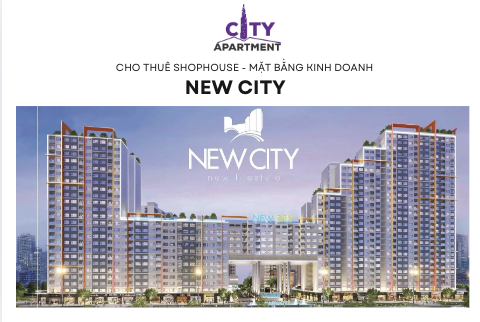History of Vietnam Real Estate Market and Entrepreneurs. Including 3 parts associated with 3 times of real estate fever occurred (1996,2006,2016). I try to rewrite according to what I recall and synthesize from some validated and verified information sources.
We will see the common denominators according to each person’s perception of the cycle: before the waves of real estate, peaks, freezing. Every cycle someone loses, peaks, and someone starts to step into the real estate market when the market freezes. History always shows one thing: one person’s peak disappears, the other premise begins.
Firstly, I took the year in 1996.
* 1996 landmark and developments (At this time, gold 4 million / tael, USD 11,000 / USD 1)
– First wave of real estate in 1996-1998.
– Vietnam officially opened to the world in 1995, normalized with the US, joined the Asian bloc in the same year, after many years of relations with the socialist bloc. From here, Vietnam contacts the capitalist world and forms the first generation business class. Real estate doubled and tripled for the first time when it started to open. Fourthly, the first production material to confirm its value is real estate. Companies such as IBM, Motorola, Nokia, etc., construction corporations Sumitomo, Deawoo, etc. have started to enter Vietnam.
The first person who is the richest person in Vietnam when talking about the size of real estate assets accumulated from 1992-1996 is a Chinese-American businessman: Tang Minh Phung started his business by exporting textiles, the largest private enterprise at that time. But unfortunately 1997 financial crisis occurred, the “big dinosaur” will be affected first. When the main export market in Taiwan and South Korea of Minh Phung Company was in crisis. The real estate has not been frozen, but due to the bank’s debt crunch at the same time, without the help of CP, Tang Minh Phung was arrested and executed. Tang Minh Phung was born not in the right time, he had many extremely sharp real estate development ideas as a desire to build the first commercial centers (at this time owning Trang Trang Commercial Center in Hanoi). The total value of real estate at the time of Tang Minh Phung was estimated at 20K billion, at that time was a huge number when the whole country was very poor and had only 4 state-owned banks at that time.
1996 was also the year that Honda, Toyota, LG, and Sam Sung started setting up assembly plants in Vietnam. The second private entrepreneur who appeared at this time was Vu Van Tien who contributed capital with Honda Vietnam to open a factory in 1997 (currently the chairman of GLEXIMCO group, owner of An Binh bank, Tuan Chau island – Quang Ninh. , recently wanted to build partners with Long Thanh airport)
After 1997, the financial crisis had a severe impact on South Korea, Taiwan, Singapore, Singapore and Southeast Asian countries, but had little impact on Vietnam’s macro economy (because Vietnam has not yet integrated the financial market. TG, no stock exchange). And Vietnam has emerged as an emerging Asia star in the cheap labor market, for the first time, an industrial park model was developed by a group of two siblings: Tan Tao – the South (Dang Hoang Yen), Kinh Bac – the North (Dang Thanh Tam), and other IPs have started to open in Hanoi, Ho Chi Minh City and other provinces attracted the first wave of investment, triggering the 1996-1997 land fever.
In 1997, Phu My Hung (PMH) with 100% foreign-owned enterprise exchanged infrastructure for land, built Nguyen Van Linh avenue and built the first typical capitalist urban area since the country’s reunification. PMH successfully offers products to Hanoi for the first generation of entrepreneurs in Hanoi from 1999-2001.
The highest apartment building, the high-class segment at that time was Thuan Kieu Plaza Q5 built in 1994, completed in 1998 to catch the wave of Hong Kong people after merging into mainland China in 1997. emigrating to countries in the region including Vietnam. And also for sale to the stars, the rich at that time. But the small, low-ceiling design building in Hong Kong did not suit the Vietnamese living conditions, and the last wave of Hong Kong people did not happen. People dwindled less, and the building was abandoned, degraded and abandoned as a symbol of real estate investment failure of this period (later until 2017, Van Thinh Phat bought it).
In 2000, a businessman making mineral water, Vu Quang Hoi Bitexco, bought the land from 19-25 Nguyen Hue and bought it when the real estate market froze for the first time after the impact of the 1997 financial crisis. and then 2002 built the first modern 20-storey building on Nguyen Hue street.
In 2001, Vinperl Nha Trang was invested and built by Vin, its first real estate project in Vietnam. 2004 inaugurated Vincom Ba Trieu Twin Towers, but sold one court to Techcombank for cash, and the predestined relationship Vin-Tech began from there. Techcombank and Massan (sauce, consumer goods, and mining) of businessman Nguyen Dang Quang also make instant noodles from Ukraine founded in 1997.
NàyThis period of real estate fever 1996-1998, freezing from 1999-2006.
SốtThe fever characteristic of this period is mainly concentrated in the urban areas of Saigon and Hanoi, some provinces have implemented industrial zones, while other provinces have only increased slightly, not yet called fever.
Lesson at this stage: It is the lesson from the Chinese small business that works hard to produce and trade after a few years of abundant money to learn to buy houses and land to rent, rent, year in and year out. a lot of real estate. Then came the next wave of billionaires. Hard work and accumulation of real estate in the long term, the price is always rising. And if using financial leverage (borrowing) to buy real estate, it will lose liquidity when the price suddenly drops and cannot sell (at the time of freezing, more and more people want to escape immediately), lose all their capital, debt is not paid, imprisonment if you meet the right years of real estate in the crisis, which often happens after 10 years as an economic law.
Continuing Part 2: 2006
Source: Mr. DONG DC
